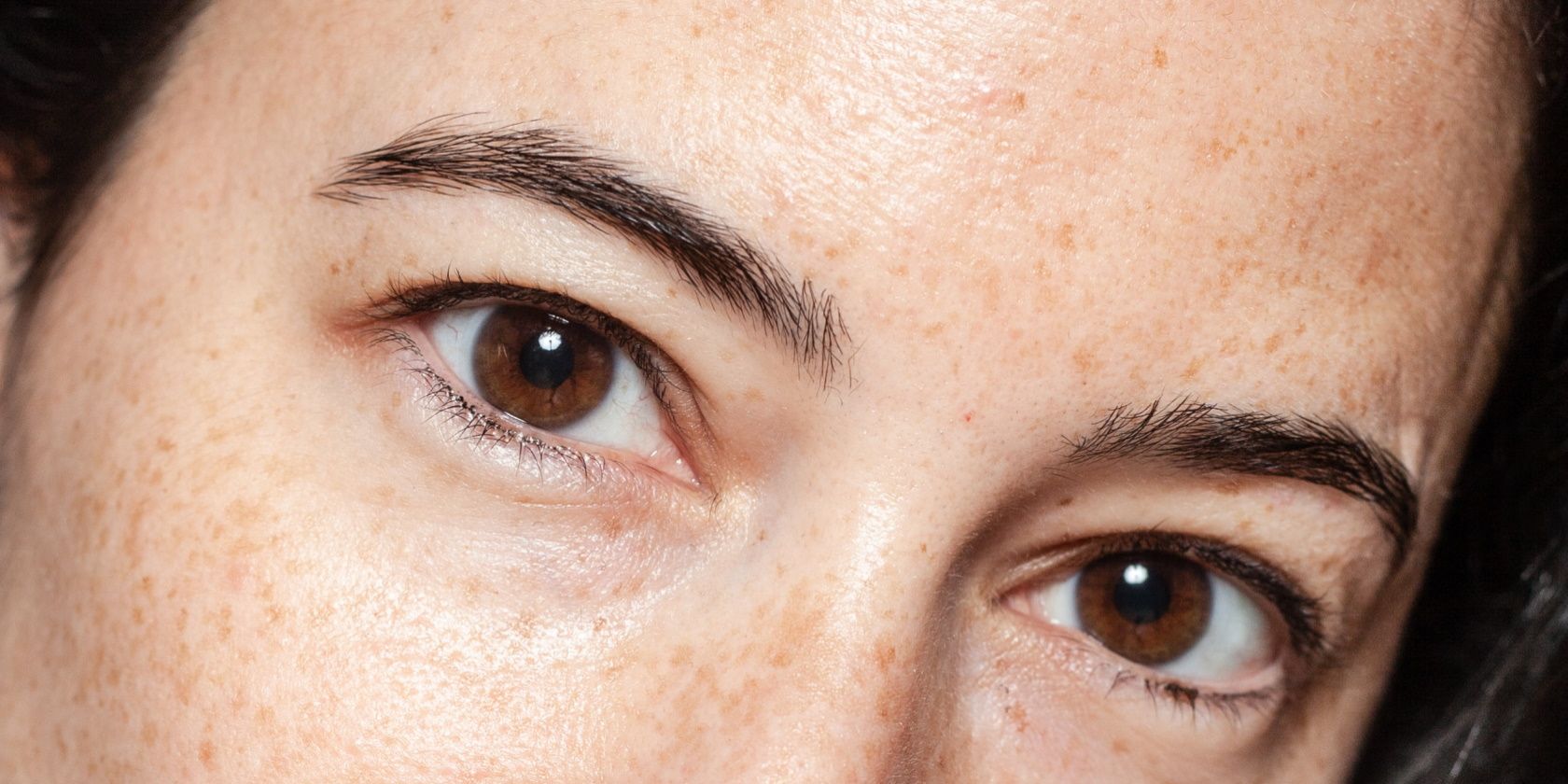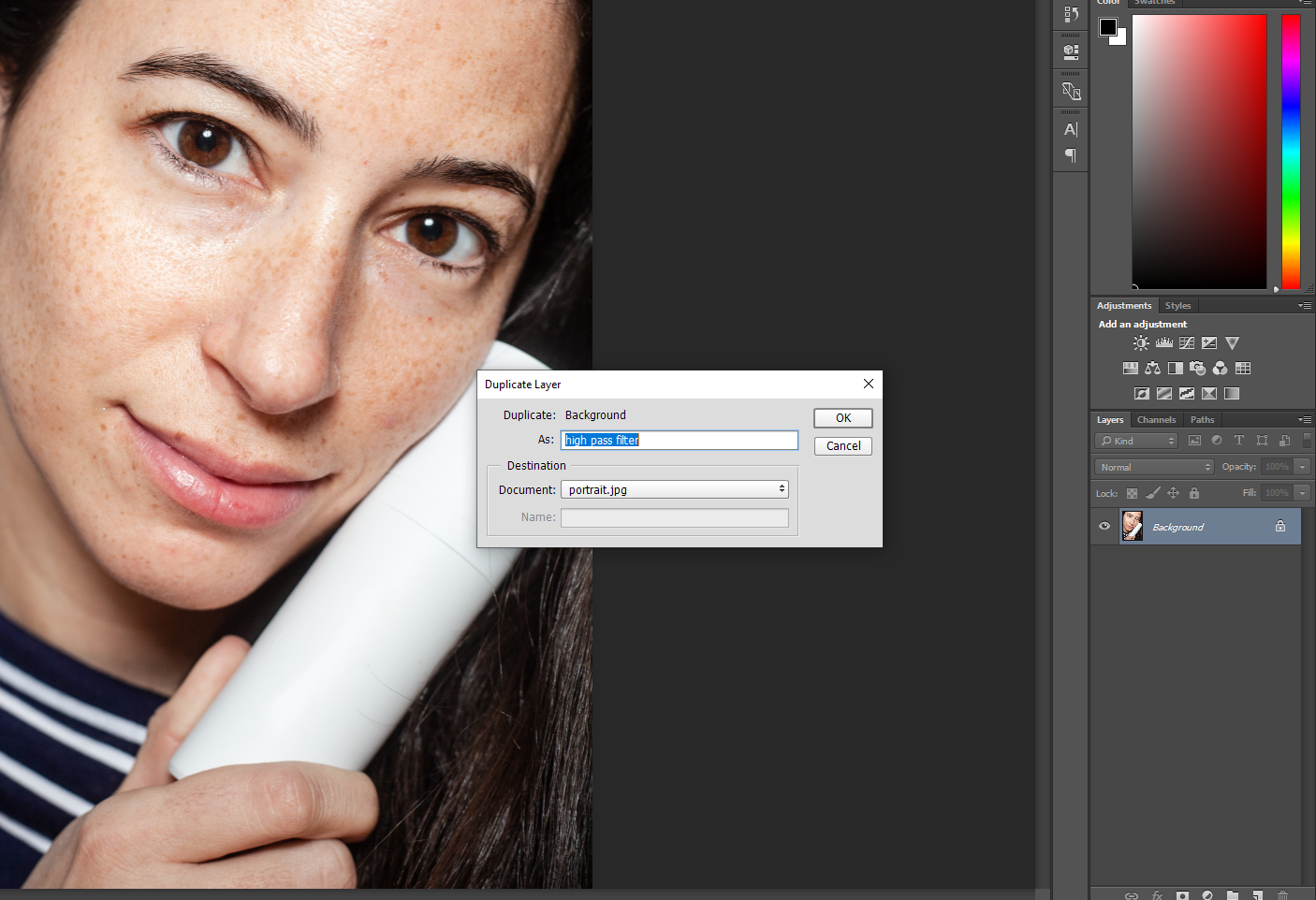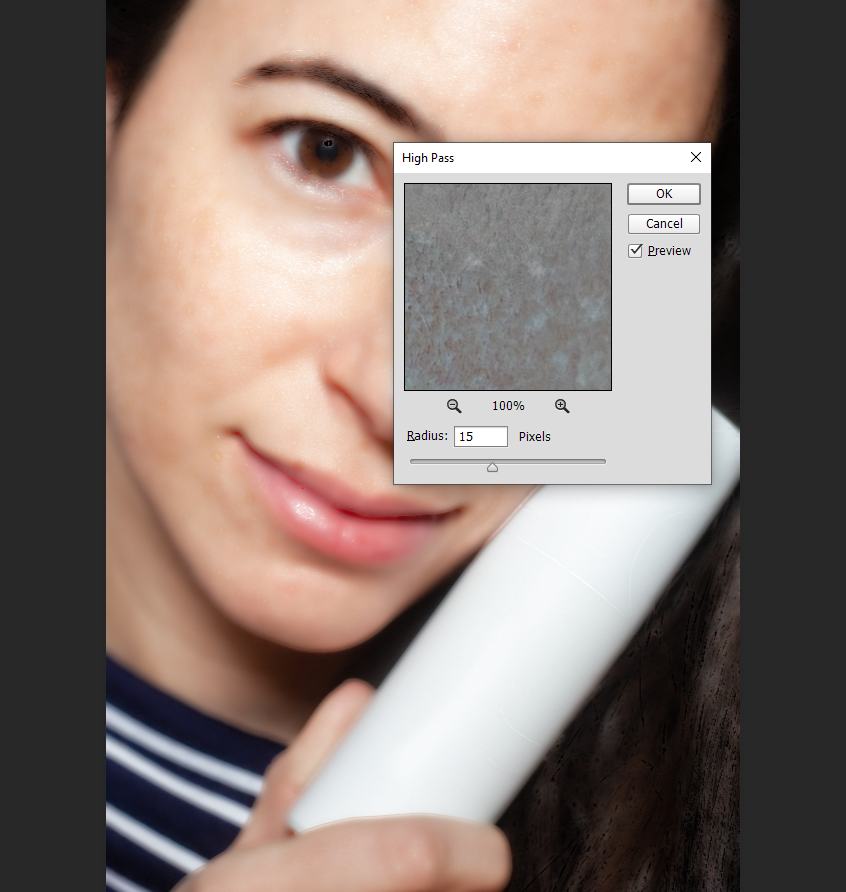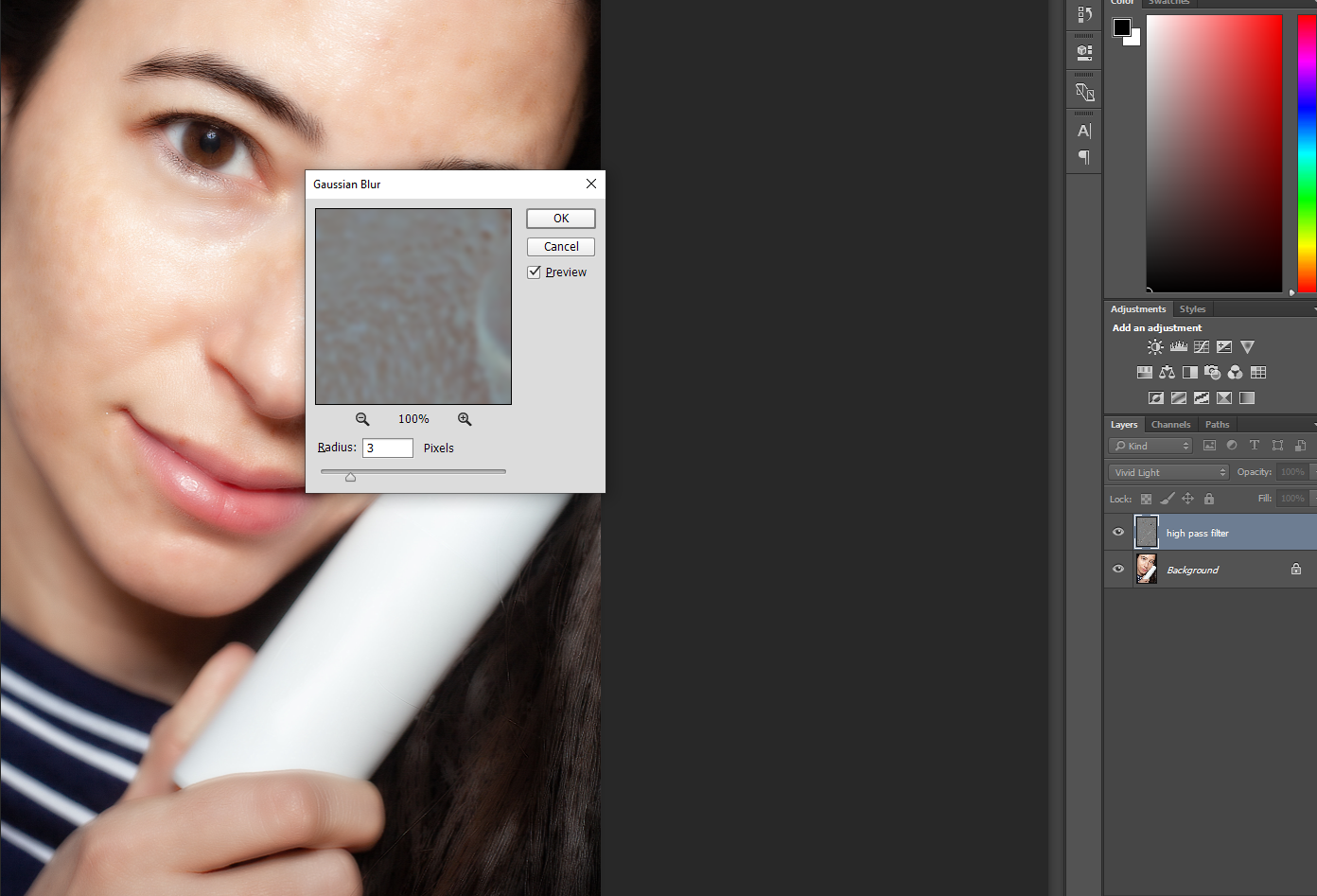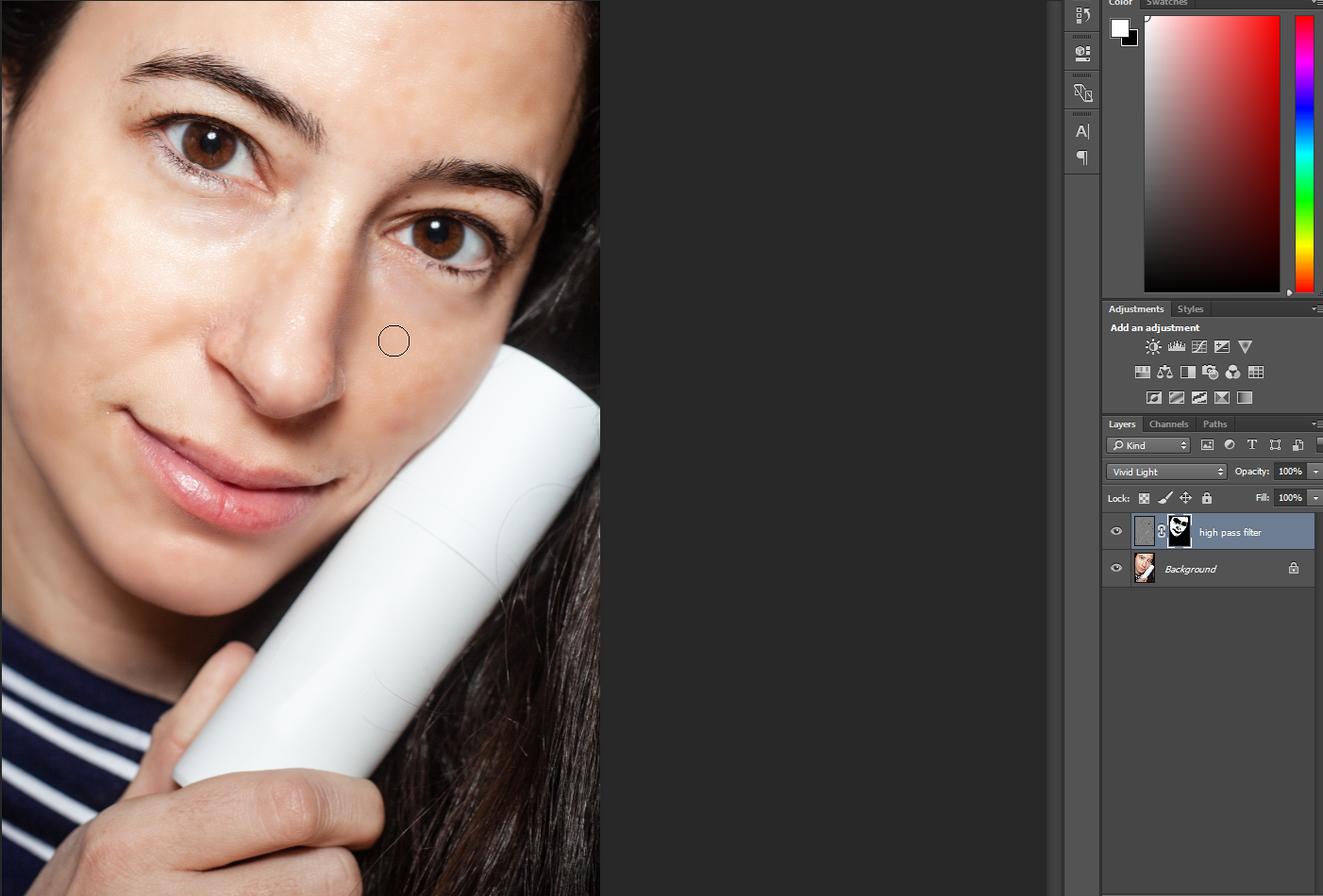If you edit a lot of portraits in Photoshop, you may need to remove a blemish or smoothen out facial imperfections every once in a while. The key to successful photo editing is maintaining the natural appearance, and you can do that only when you keep the original texture of the skin as intact as possible.
In this article, we'll explain how to smooth skin in Photoshop without overdoing it.
How to Smooth Skin in Photoshop
To smooth skin in Photoshop, there are three common methods. The first two are pretty straightforward and involve using the Blur tool or applying the Blur filter for Photoshop face editing. However, neither of these methods are able to retain the original texture of the skin.
The third and more advanced method sees you applying the High Pass Filter, which manages to retain the texture of the skin while adding a silky smoothness to it. While it may seem a little complex at first, it is really easy once you get the hang of it.
Using the Quick High-End Skin Retouching Technique
Here's a step-by-step guide on how to smooth skin in Photoshop without blurring out important facial details of your subject.
1. Create a Duplicate Layer
Start by right-clicking on the Background layer and choosing Duplicate from the drop-down to make a duplicate layer. We recommend renaming the duplicate layer to avoid any confusion.
2. Invert the Image
Next, go to Image > Adjustment and click Invert to invert the image entirely. You can also use the keyboard shortcuts Ctrl+I for Windows and Cmd+I for Mac.
3. Change the Blend Options
Once done, open the Blending Options Dialog Box by right-clicking the duplicate layer. Change the Blend Mode to Vivid Light. If you're well-versed in Photoshop editing, you can also change the blend mode directly from the layer panels drop-down.
4. Apply the High Pass Filter
Go to the Menu Bar, then select Filter > Other > High Pass Filter to apply it to the flat surfaces of the image. A high pass filter helps you find details and can often be used to sharpen slightly blurry images. Now, go ahead and choose a radius.
Whereas a typical portrait shot works best with a radius of 24 pixels, 15-20 pixels work best for low-resolution pages like the one shown below.
Once you apply the filter, your image will turn gray and the edges of the person's face would be highlighted so that now the outline stands out better.
5. Add Gaussian Blur
The Blur tool can rightfully be called the smoothing tool because all options to smoothen skin use the Blur filter. However, for the High Pass Filter method, we apply the Gaussian Blur by going to Filter > Blur > Gaussian Blur.
Here, you must again choose a radius. This time, choose a radius value between three and four pixels for the best results and click OK. We suggest you zoom in to the image while trying out the radius value, choosing the value that fits best with your image.
For Photoshop face retouching, some professionals go for 1/3rd of the radius value they had opted for the High Pass Filter. In other words, if the radius value of the High Pass Filter was 24, they divide it by three and choose eight as the radius value of the Gaussian Blur.
Now once you've applied the Gaussian Blur filter, you'll notice that it has been applied to the entire image and not just the skin. It covers the eyes, the hair, and even the clothes. That doesn't look right, does it?
6. Add a Layer Mask to Limit the Blur to the Skin
To limit the blur just to the skin and apply it in the right manner, press and hold Alt (Windows) or Option (Mac) and click Add the Layer Mask icon. This creates a negative mask that hides the smoothing effect from view so that we can paint it back only where it's needed. A black-filled layer thumbnail appears next to our duplicate layer.
7. Select the Skin Brush Photoshop
Next, select the skin brush tool from the toolbar and ensure that the brush color is set to white. If it isn't set to white, you can press D on your keyboard to reset it to the default colors. You can change the brush flow according to your preference. If you're good with Photoshop, we recommend proceeding at 100 for faster results.
8. Paint Over the Face
Before you begin painting, take a quick look and make sure your Blend Mode is set to Normal, that the Opacity is 100%, and that the Flow % is set to your chosen value. It is best to use a soft-edge brush to paint over the face.
Press the Shift+left bracket key to make your brush softer, and the Shift+right bracket key to make it harder. You can also change the brush size from the keyboard using the left and right bracket keys.
Once you start painting, you'll notice that the smoothing effect will only appear on the areas you paint.
We recommend leaving out areas like eyes, lips, and the spots beneath your subject's nostrils for a more natural look. Remember to just paint over areas that need to be softened, and avoid highlights.
Pro Tip: Remove Blemishes Before Smoothening Skin
If your subject's face has a few blemishes you'd like to remove, we recommend you use the Spot Healing Brush. It is simple, quick, and works like magic. All you have to do is click on the blemish and wait. Photoshop will analyze the area, find good texture from surrounding areas, and apply it to your selected blemish.
For the best results, remove blemishes, do the initial cleanup, and finish retouching before smoothening skin. We say that because smoothening out skin that has blemishes and imperfections will give your subject's skin an unnatural and weird texture.
NB: While it is perfectly alright to remove acne marks or blemishes, be mindful to not remove a person's freckles, moles, or scars. In fact, it is best to always ask for consent before retouching someone's skin or removing their imperfections. Sometimes, these little details make a person who they are.

